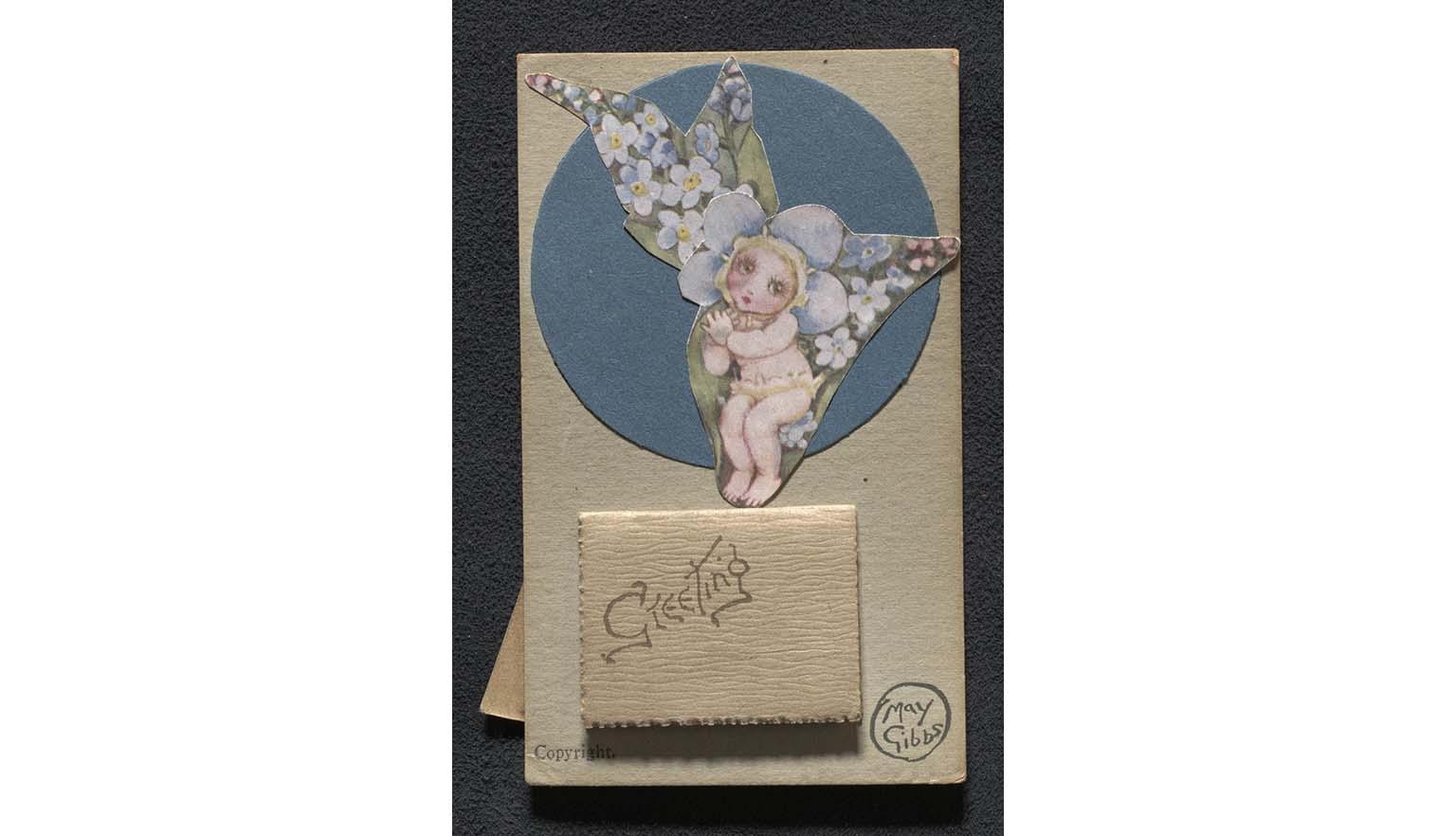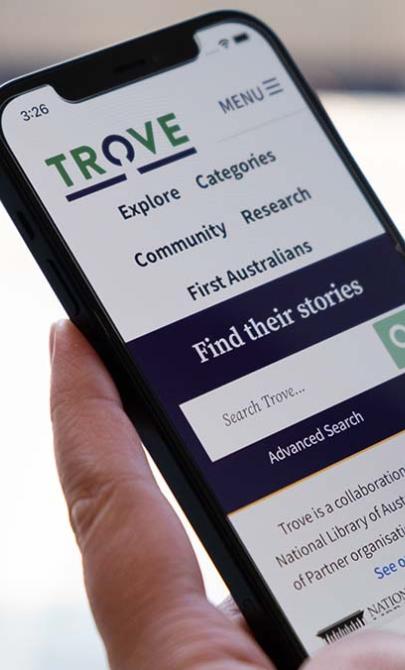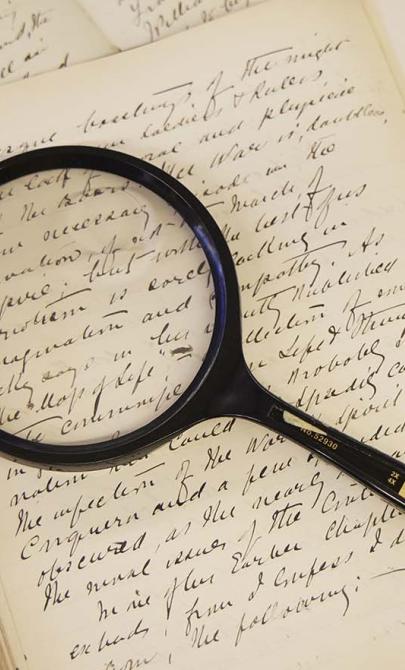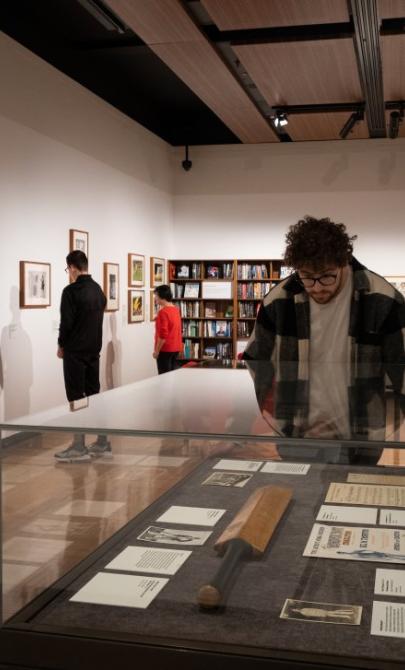Early children's fiction in Australia
Introduction
During the seventeenth and eighteenth centuries, writing as a profession was considered not suitable for women. Although women read books, writing them was seen as a distraction from being a good wife.
Many books written by women during this time period were published anonymously or using a pseudonym. Some authors did not wish to be recognised, but it was mainly because if a woman wrote under her real name her works would not be taken seriously and may not have been published. In the mid- to late eighteenth century it was becoming common to see ‘By a Lady’ on the title page of books.
Early works
The first children’s book published in Australia is believed to be A Mother’s offering to her children in 1841. It was originally published anonymously by ‘A Lady, long resident in New South Wales’. It was later discovered that the book had been written by Charlotte Barton.
Barton lived with her four children on a large property in NSW. She had come to Australia from England to work as a governess and, later, taught her own children. The book is a series of thirteen stories told as conversations between a mother and her children. The stories are set in a rural setting in the Australian bush. Each story teaches a lesson, a popular style of writing at the time to ensure children were raised with high moral standards.
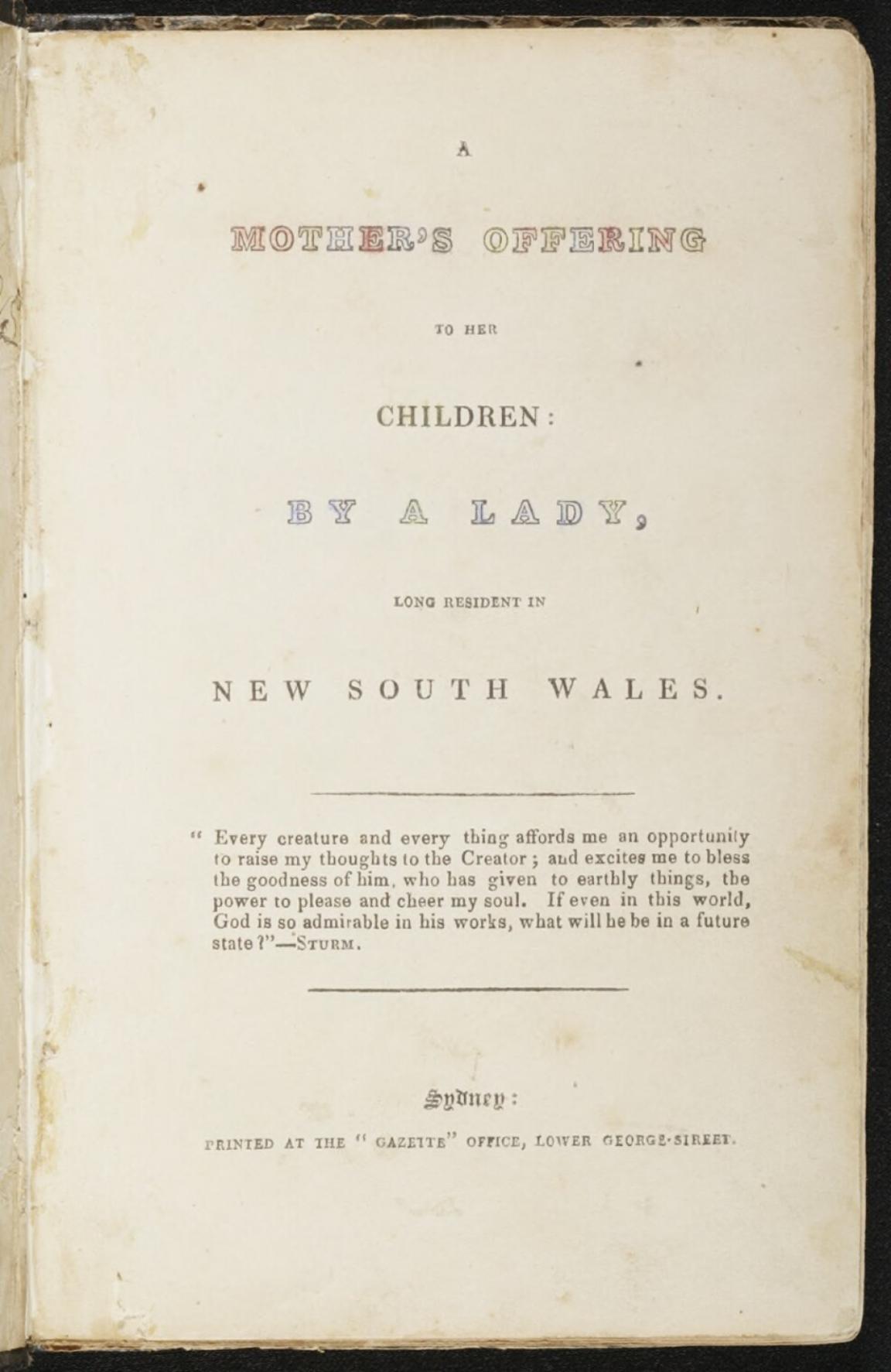
Charlotte Waring Atkinson, A Mother's offering to her children / by a lady long resident in New South Wales, 1841, nla.gov.au/nla.obj-33391843
Charlotte Waring Atkinson, A Mother's offering to her children / by a lady long resident in New South Wales, 1841, nla.gov.au/nla.obj-33391843
Favourite Australian stories
In 1913, May Gibbs was commissioned to illustrate the serial The Magic Button by Ethel Turner. This was the first appearance of a gumnut family hidden in the detail of her work.
In 1914 the gumnut babies appeared for the second time on the cover of the January issue of the publication The Lone Hand.
In her early career, May Gibbs drew cartoons for various newspapers and was Australia's first female cartoonist. Her first cartoon strip, Bib and Bub, was published in 1924 and ran until 1967. It became the longest running cartoon strip in Australia. Bib and Bub became so popular that six books were later published featuring the two little gumnuts.
May Gibbs produced a series of postcards featuring Australian animals and gumnut characters at the start of the First World War. The postcards were sent by families and the Red Cross to diggers across the world. They were used to encourage a national pride during this difficult time.
In 1918, May Gibbs's book Tales of Snugglepot and Cuddlepie was first published. Snugglepot and Cuddlepie was warmly received both in Australia and overseas. It has never been out of print to this day! May continued working and completed her last cartoon in her 90s, before her retirement.
May's love of Australian plants and animals inspired many of her stories. Snugglepot and Cuddlepie allowed her to express her conservationist views. In 1955 she was appointed Member of the British Empire (MBE) to acknowledge her contribution to Australian children's literature. To this day May Gibbs's stories and illustrations have a special place in Australian hearts.
Learning activities
Discuss the importance of storytelling in cultures around the world.
- Australia is a multicultural nation and many classrooms comprise a rich array of cultural and linguistic diversity. Many countries around the world have traditional tales and stories in which children are the main characters. Investigate a selection of traditional stories from different cultural traditions, and share a story with the class each day.
- Is it a happy story or sad story?
- Who is the main character(s)?
- Are there any similarities between the stories from different cultures?

